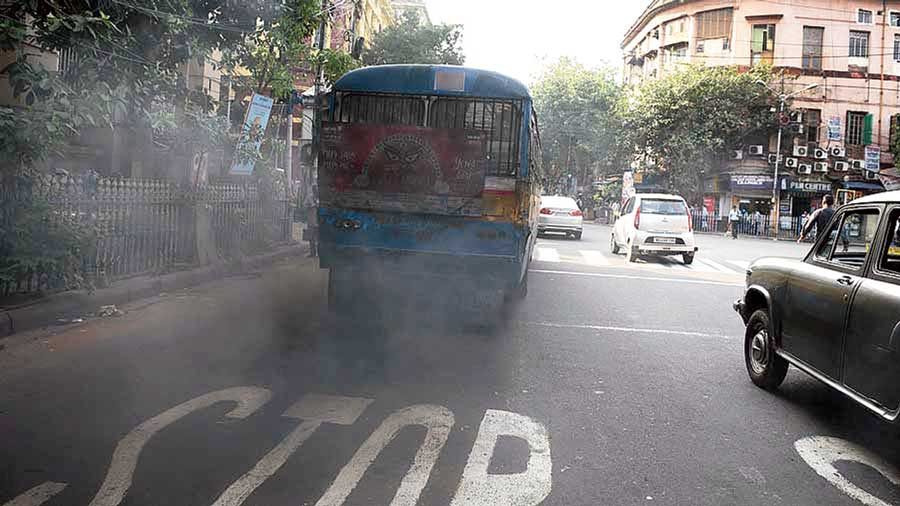Air pollution is a hydra-headed phenomenon. This makes it difficult to frame adequate interventions for it. Unsurprisingly, the latest report by the Swiss firm, IQAir, lays bare unpleasant facts about worsening air quality in India. According to the 2022 Air Quality Report, even though India has dropped three places to rank eighth among the most polluted countries, 39 of its metropolises figure in the list of the 50 most polluted cities on account of emissions from the transport sector, industries, coal plants and biomass burning. That is not all. The study, which collected data from 131 nations, has highlighted that India’s PM2.5 concentration — 53.3 micrograms per cubic metre — is 10 times the safety limit recommended by WHO. The multifaceted nature of the challenge is also obvious. New Delhi, which was once the world’s most polluted capital, has been overtaken by N’Djamena, the capital of Chad; areas in the National Capital Region have also recorded a dip in pollution levels. But things are worsening in other cities. Calcutta has come second in terms of polluted air; Hyderabad and Bengaluru, too, have recorded a dip in air quality. This uneven improvement nullifies a centralised approach. The battle must be fought in a case-centric manner. This implies greater cooperation between the Centre and the states, something that is rare on account of India’s fraying federal ties.
That air pollution has adverse impacts on public health is clear: an estimated six million deaths occur annually due to poor air quality. But the economic costs of foul air often evade public scrutiny even though the figure is supposed to be over 6.1% of the global annual GDP. A set of attendant problems has aggravated the crisis. India’s frontline regulators, including the Pollution Control Boards, have been found wanting when it comes to effectively discharging their mandates. Public willingness to adhere to environmental norms is tepid. What else can explain the stubborn insistence on crop-burning or the widespread enthusiasm for firecrackers in defiance of judicial restrictions? It is also possible that the nationwide tilt towards religious conservatism, aided and abetted by the ruling regime, is eroding civic responsibility. This is alarming because pollution itself is creating newer inequalities — for example, air purifiers remain largely out of reach of the country’s poor. The fight for clean air is a battle that the government and the people must fight together.











